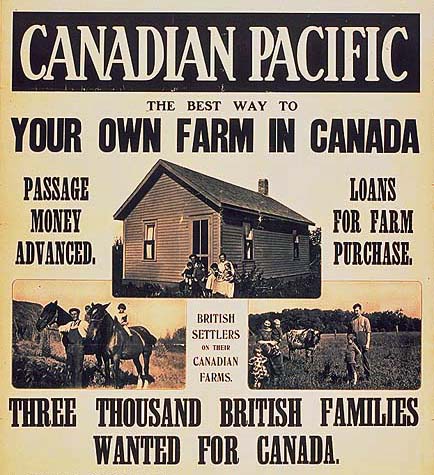

for Canadian Pacific
Canada - Canadian Pacific Railway (CP) says its third quarter revenues are down, and one of the main reasons cited by chief executive officer
Hunter Harrison is slower than expected grain movement this fall.
Interestingly, CP has been taking only about three-quarters of the grain offered by shippers.
There haven't been public complaints about grain movement this fall.
The system is working reasonably well, and yes, the amount of grain available for movement has been cut by a delayed harvest.
Grain worth billions of dollars is still in the field, and much of what has been harvested is poor quality and requires more time than usual to
market.
So Harrison is correct in that sense.
What was touted as one of the biggest crops in history hasn't lived up to its advance billing, and it was reasonable for the grain industry and the railways to
be expecting a higher level of movement early in the crop year.
However, statistics released weekly by the Ag Transport Coalition show that CP's performance has been lagging that of Canadian National Railway (CN) by a
considerably margin.
For full disclosure, I am executive director of the Inland Terminal Association of Canada (ITAC), which involves five grain terminals that are at least 50
percent farmer owned.
ITAC is one of the many organizations funding the weekly performance reports by the Ag Transport Coalition.
The most recent report shows that shippers ordered an average of 4,136 cars per week from CN and 4,490 cars a week from CP during the first nine weeks of the
crop year starting 1 Aug 2016.
In week nine, 5,084 cars were ordered from CN and 6,187 cars from CP.
CN supplied 93 percent of the cars ordered that week, while CP supplied only 75 percent.
The unfulfilled demand for the week adds up to 372 cars for CN and 1,542 cars for CP, and that's just for one week.
Perhaps CP's revenue results would be better if it was supplying and moving a higher proportion of the cars ordered.
This isn't just one bad week.
CP's percentage of hopper cars supplied has been below last year's percentages in all but one of the nine weeks.
Dwell times is another measurement in the Ag Transport Coalition reports, which is how long cars sit at a delivery point after they are loaded and ready to
go.
Elevator companies typically have 24 hours to load a block of cars after they are delivered or face freight penalties.
In week 9, filled hopper cars on CN lines waited an average of 18 hours at origin, while the wait was 46 hours on CP lines.
However, it should be pointed out that this is a lot better than last year's 87 hour wait time.
CP recently announced that it has created a supply chain score card to track weekly grain movement and any problems that arise.
More data and analysis is always good, but the Ag Transport Coalition reports are providing insights not previously available.
It would make more sense for the railways to co-operate on existing reports rather than creating their own.
Harrison may bemoan this year's delayed movement of prairie grain, but the business isn't lost.
Almost all grain is captive to rail, and most of it is captive to one railway.
The railways will get the business.
They end up moving about the same amount of grain in total whether they provide good service or poor service.
Kevin Hursh.


